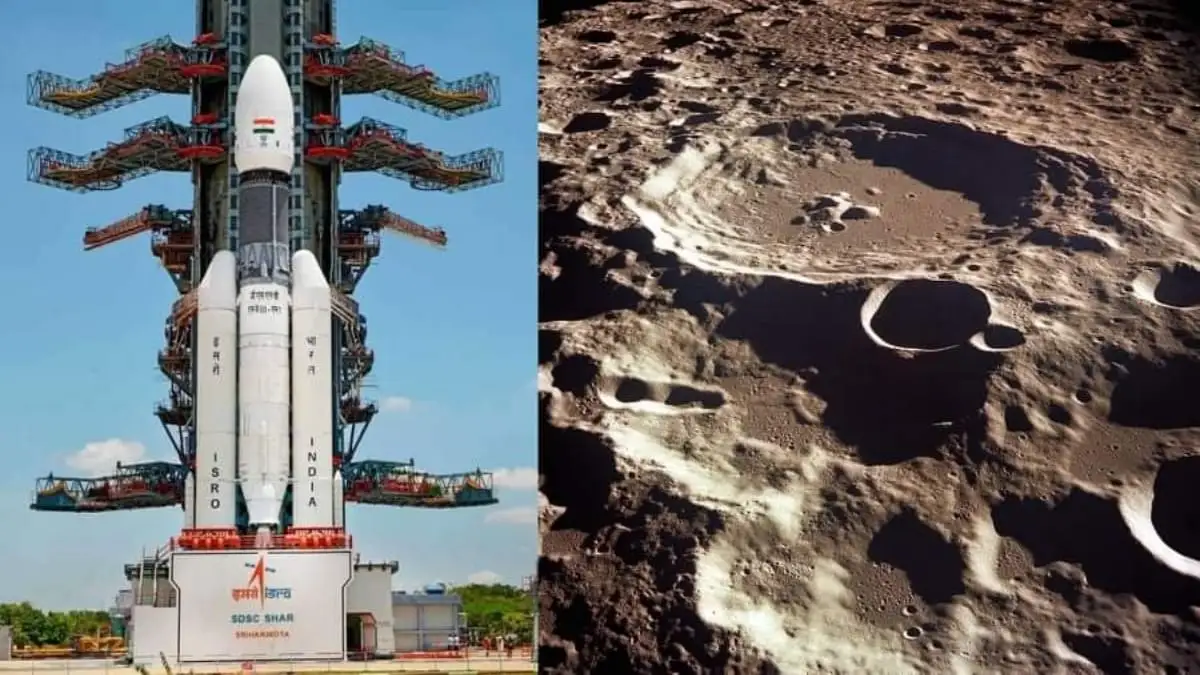In this article you will find all information and updates about Chandrayaan-3. Chandrayaan-3 is a planned third lunar exploration mission by the Indian Space Research Organisation (ISRO). Chandrayaan–3 is a follow-on mission to Chandrayaan-2 to demonstrate end-to-end capability in safe landing and roving on the lunar surface.
- What is Launch Date of Chandrayaan-3 – June 2023
- Chandrayaan-3 rover name – Rover Pragyaan
Chandrayaan-3 – Details
| Mission type | Lunar lander, rover, Propulsion Module |
|---|---|
| Operator | Indian Space Research Organisation (ISRO) |
| Spacecraft properties | |
| Bus | Chandrayaan |
| Manufacturer | Indian Space Research Organisation (ISRO) |
| Start of mission | |
| Chandrayaan-3 Launch date | June 2023 (planned) |
| Rocket | Launch Vehicle Mark-3 (LVM 3) |
| Launch site | Satish Dhawan Space Centre |
| Contractor | Indian Space Research Organisation (ISRO) |
| Moon lander | |
| Spacecraft component | Rover |
| Landing date | August 2023 (planned) |
| Landing site | Lunar south pole |
What is the Chandrayaan-3 Mission?
The Chandrayaan-3 mission is a follow-up of Chandrayaan-2 of July 2019, which aimed to land a rover on the lunar South Pole. The subsequent failure of the Vikram lander led to the pursuit of another mission to demonstrate the landing capabilities needed for the Lunar Polar Exploration Mission proposed in partnership with Japan for 2024. It will have an orbiter and a landing module. However, this orbiter won’t be loaded with scientific instruments like the Chandrayaan-2. Its job will only be confined to carry the lander to the moon, oversee the landing from its orbit and communicate between the lander and the earth station.”
The lander Vikram’s failure on a soft landing resulted in hindering the attempt of rover Pragyaan to travel on the Moon. This led to endeavouring another mission to showcase India’s landing capabilities required for the Lunar Polar Exploration Mission.
Chandrayaan 2 was ISRO’s maiden attempt at achieving soft landing on the lunar surface, but the mission failed when the organization lost contact with the lander 400 metres before the landing.



